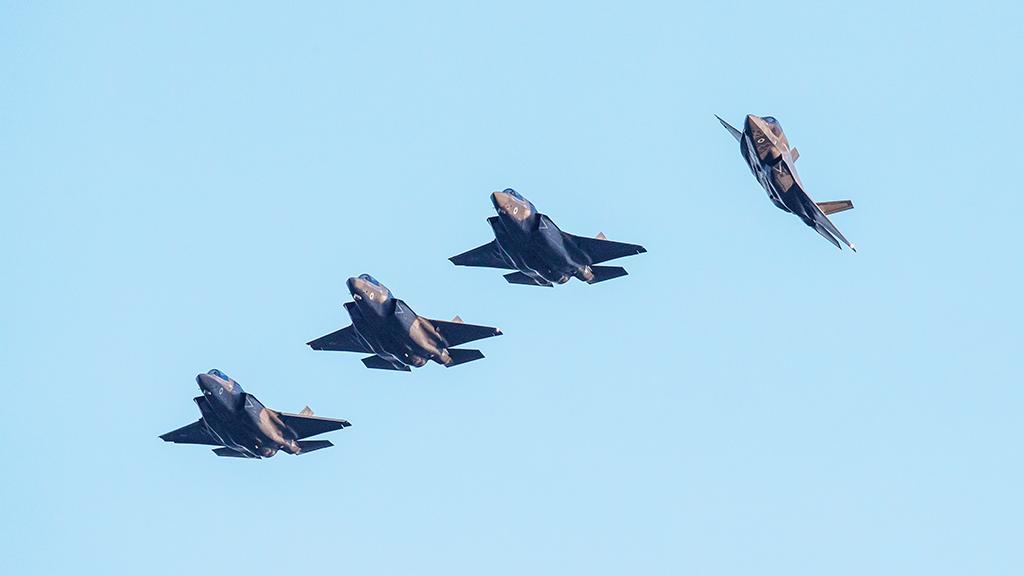Is The World’s Fighter Market Set To Thrive In 2020?

This is an abbreviated article based on the 1200+ word article ‘Can Surging Demand For New Fighters Create New-Generation Momentum?’ from Aviation Week & Space Technology's Aerospace 2020 issue.
Subscribe to read the full article. Already a subscriber? Read the full article here.
The world’s fighter market will thrive in 2020. A long-repressed call to replace aging fighter fleets around the globe is finally gaining momentum, as overall defense spending levels continue to rise. A sharp growth spurt in fighter output in 2020 will revive decades-old production models that not long ago either seemed to be winding down or dormant, and will fuel investments in new long-range weapons, offensive electronic warfare, seamless connectivity, improved sensors and other new capabilities.
The world’s fighter community also will seek to clarify and define a new generation of tactical combat aircraft systems after 2030. As these programs come into sharper focus, the pressure will grow on industry, particularly in the U.S. and UK, to break from the traditional business model. As military officials become impatient with development schedules measured in decades, support is growing for acquisition policies that foster greater levels of competition by transferring ownership of the underlying technology to the government and away from the original equipment manufacturers.
For the first time in nearly three decades, it is a good time to be in the fighter business. The market for new deliveries shrank dramatically after the Cold War and never regained momentum as production ramp-ups were prolonged and in some cases strangled. The tide has turned since 2017 especially as the market’s most dominant player, the Lockheed Martin F-35, finally began a steep climb to full-rate production in 2023.
Subscribe to learn more about how capabilities for different fighter models are improving and developing, and how this will impact the industry. Already a subscriber? Read the full article here.
Comments